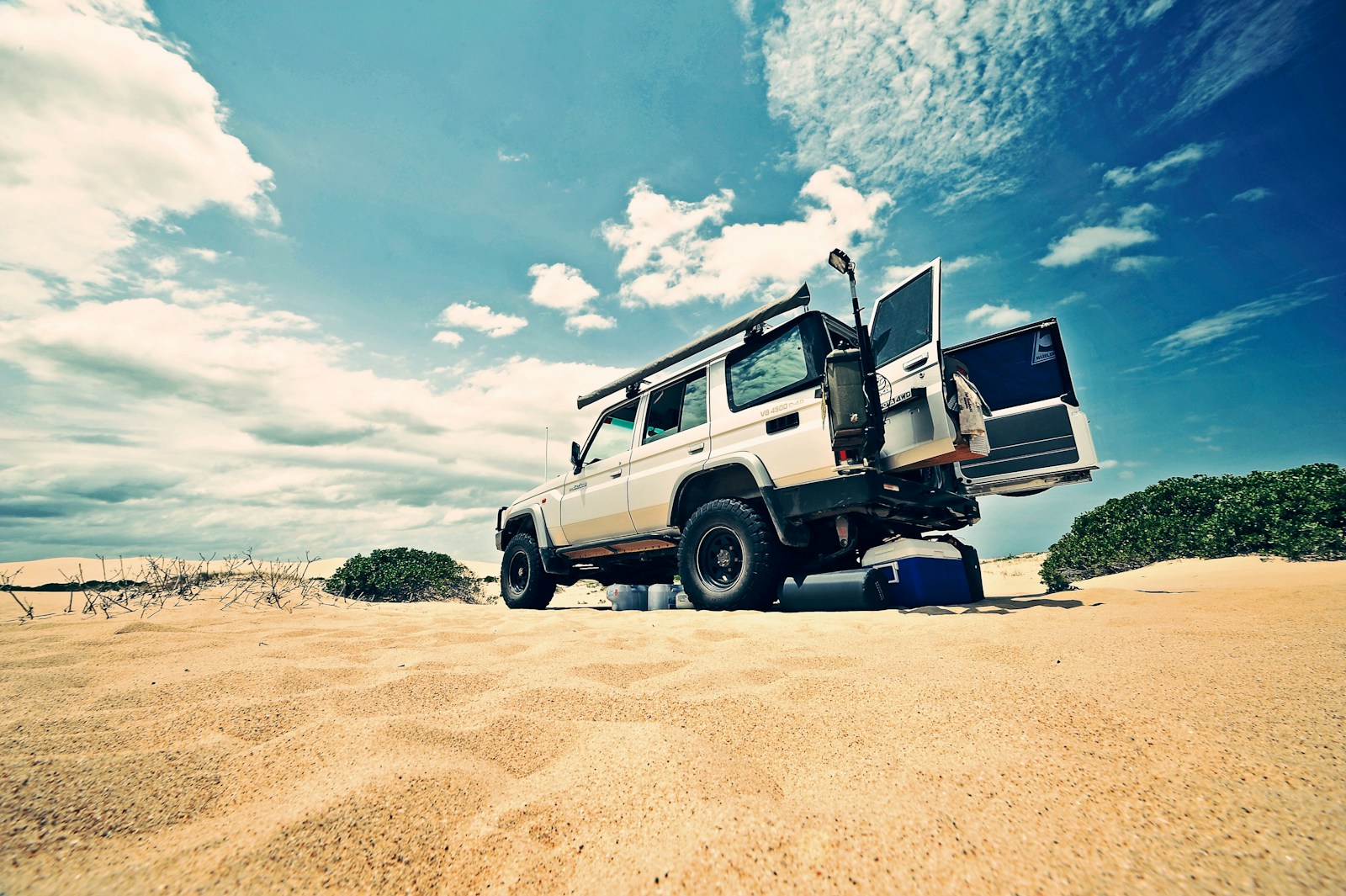Venturing into the great outdoors for a camping trip brings unparalleled joy and connection with nature. But amid the excitement of starry nights and scenic hikes lurks a practical concern that can make or break your wilderness experience: food safety. Improper food storage while camping not only risks spoilage and foodborne illness but can also attract unwanted wildlife visitors—from pesky raccoons to potentially dangerous bears. Whether you’re a seasoned backpacker or planning your first camping adventure, mastering the art of safe food storage is essential. This comprehensive guide explores proven techniques and smart strategies to keep your provisions fresh, secure, and properly preserved throughout your outdoor excursion, ensuring your camping meals remain a highlight rather than a hazard.
Understanding the Risks of Improper Food Storage
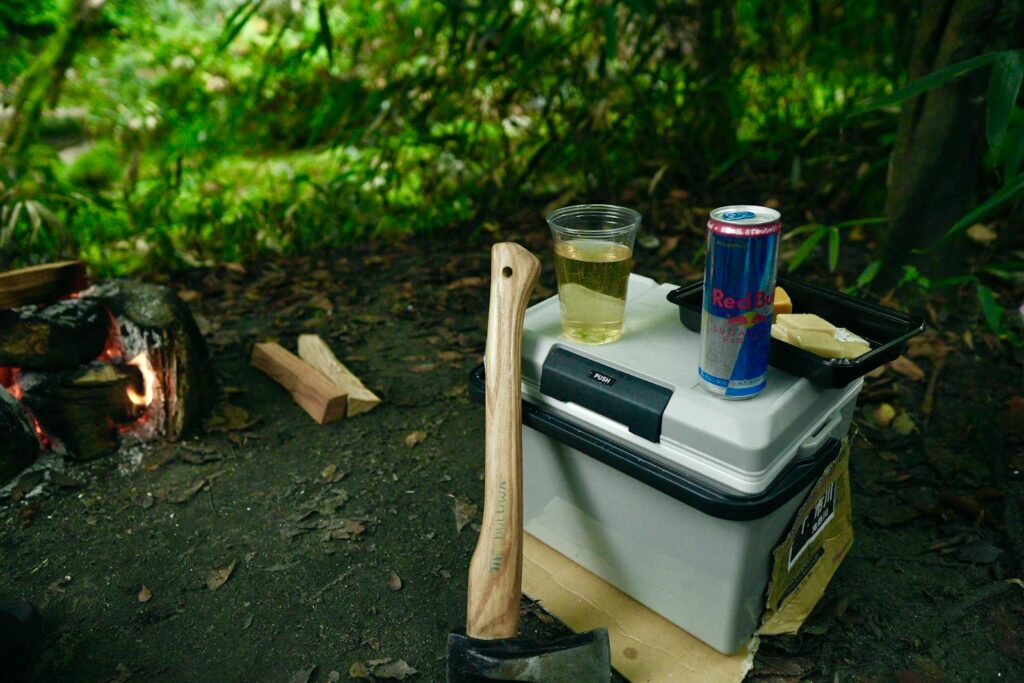
When camping, food safety faces multiple threats beyond what we typically encounter in our home kitchens. Temperature fluctuations in the outdoors can rapidly accelerate bacterial growth in perishable foods, potentially leading to foodborne illnesses that could derail your entire trip. Wildlife attraction presents another serious concern, as the scent of food can draw animals from considerable distances, creating dangerous human-wildlife encounters. Even seemingly minor issues like cross-contamination between raw and cooked foods become magnified in a camping environment where proper sanitation facilities are limited. Additionally, inadequate storage can lead to physical contamination from dirt, insects, or moisture, rendering your food supplies inedible and potentially leaving you without sufficient nutrition in remote locations.
Essential Gear for Food Storage While Camping
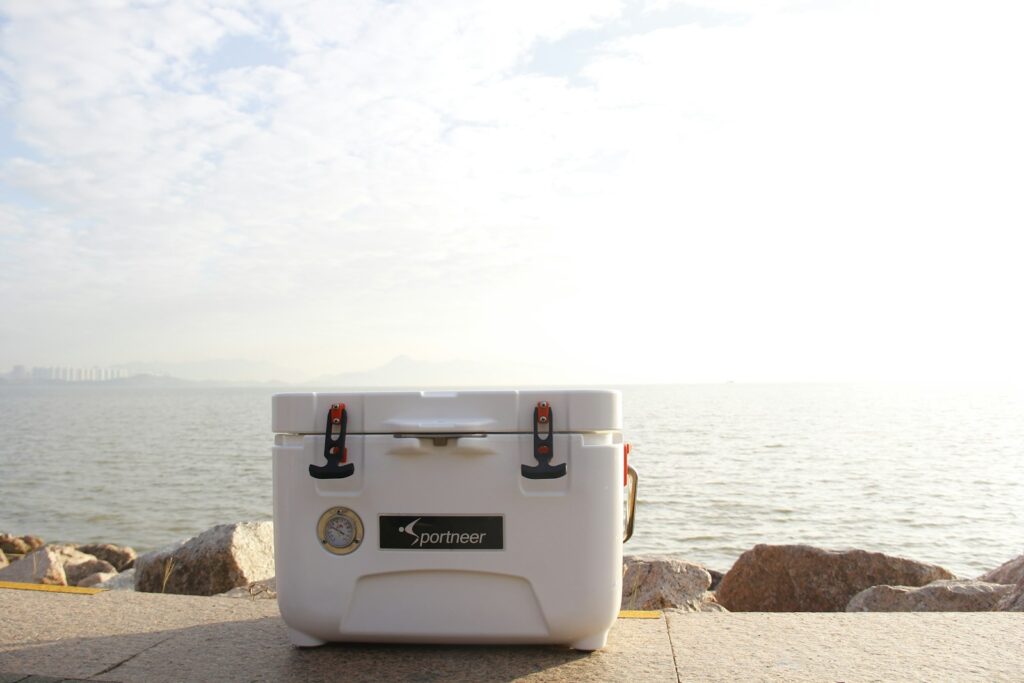
Investing in proper food storage equipment is fundamental to camping food safety and should be considered as important as your tent or sleeping bag. High-quality coolers with thick insulation, such as those rated for 5-7 days of ice retention, form the cornerstone of perishable food storage, especially for car camping scenarios. Bear-resistant food containers or canisters are essential in bear country and are often required by regulations in many national parks and wilderness areas. Waterproof food bags or dry sacks protect your non-perishables from moisture damage and offer lightweight options for backpackers conscious of weight constraints. Supplementary items like silicone reusable storage bags, airtight containers with secure lids, and insulated food thermos bottles round out a comprehensive camping food storage system, each serving specific roles in keeping different food types properly preserved.
Planning and Preparing Meals Strategically
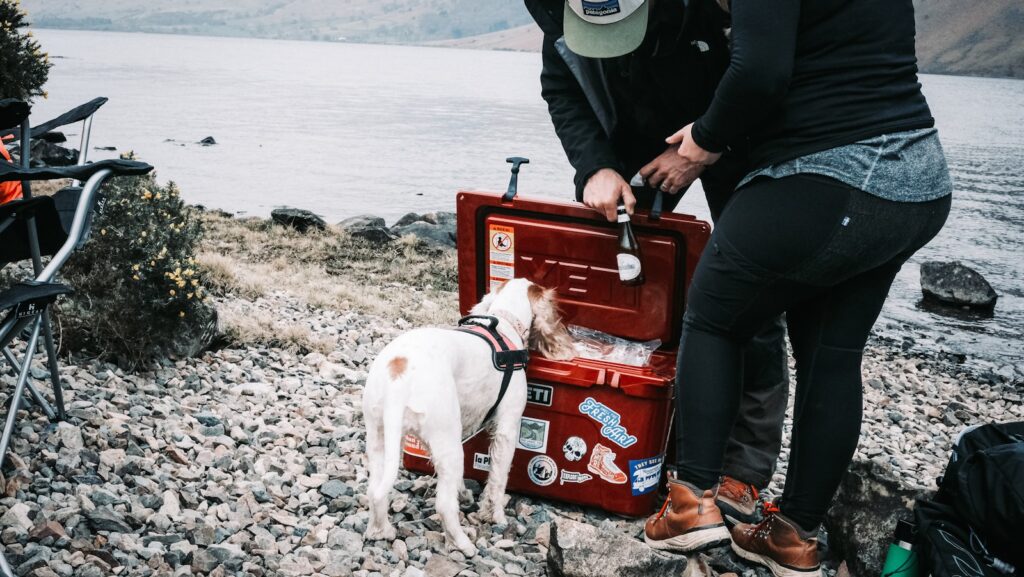
Effective food storage begins before you even leave home, with thoughtful meal planning that considers storage limitations. Plan your menu so perishable items are consumed early in the trip, reserving more shelf-stable options for later days when refrigeration may be compromised. Pre-cooking and freezing meals serves dual purposes: it extends food safety timelines and creates additional “ice packs” that help maintain cooler temperatures. Portion ingredients into meal-sized containers to minimize repeated opening of storage units and reduce exposure to external temperatures and contaminants. Consider vacuum-sealing meats and other highly perishable items to extend their usability and prevent leakage that could cross-contaminate other foods. This strategic approach to meal planning significantly reduces food safety risks while simplifying campsite cooking.
Cooler Management Techniques
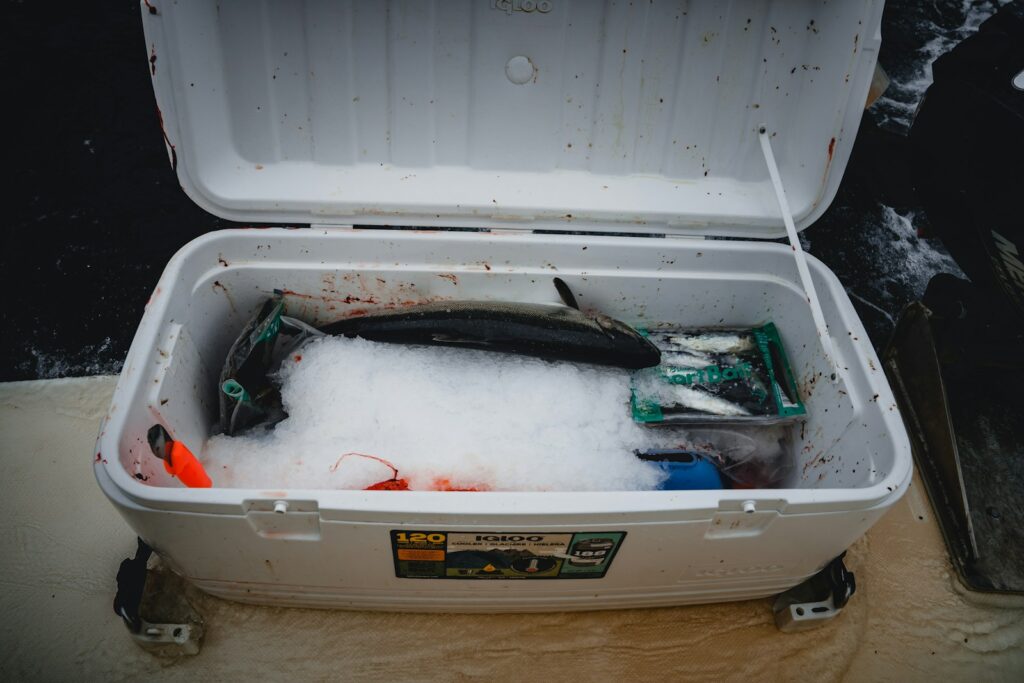
Mastering cooler management can dramatically extend the safe storage life of perishable foods during your camping trip. Begin by pre-chilling your cooler for 12-24 hours before packing, which creates a cold environment from the start and prevents your ice from wasting energy cooling down the cooler itself. Layer contents strategically, placing block ice on the bottom (which melts more slowly than cubes), followed by items needed later in the trip, with frequently accessed items on top to minimize the time the cooler remains open. When possible, maintain separate coolers for beverages versus perishable foods, as drink coolers are opened much more frequently, compromising temperature stability. During your trip, keep coolers in shade whenever possible, cover with reflective blankets during extreme heat, and replenish ice promptly when it begins to melt to maintain safe temperatures below 40°F (4°C) for perishable items.
Protecting Food from Wildlife
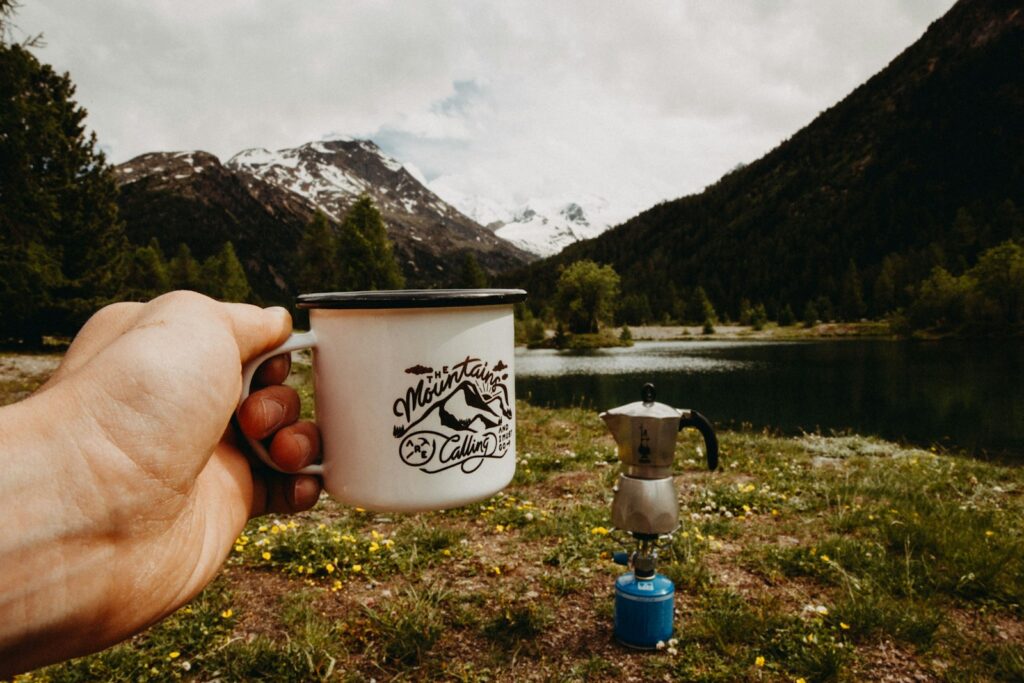
Wildlife encounters over food can range from annoying to potentially life-threatening, making proper precautions non-negotiable in any camping environment. The cornerstone principle is storing all food items, cooking equipment, and even scented personal items (like toothpaste or deodorant) at least 100 feet away from your sleeping area to create a safe separation zone. In bear country, use certified bear-resistant containers or properly execute a bear hang, suspending food bags at least 10 feet high and 4 feet from any tree trunk or climbing support. Vehicle storage of food should only be considered reliable in areas without significant bear populations, as bears have been known to damage vehicles to access food in high-activity regions. Even in areas without large predators, use rodent-proof containers for all food items, as smaller wildlife can chew through conventional packaging and contaminate your supplies.
Temperature Control for Non-Refrigerated Foods
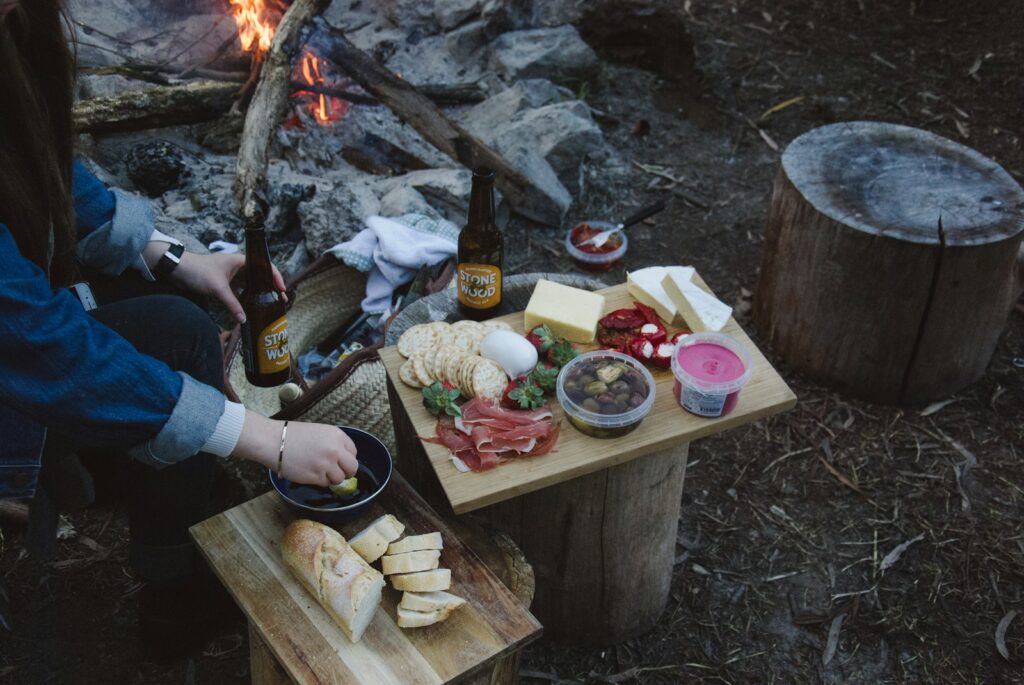
Even non-perishable foods require temperature management strategies to prevent spoilage, particularly in extreme weather conditions. In hot weather, store dry goods in shaded locations, utilizing natural cooling features like positioning food bags near (but not in) streams or burying containers in cool earth when appropriate. Insulated bags can help moderate temperature fluctuations for items like bread, fruits, and vegetables that may not require refrigeration but benefit from stable temperatures. During colder weather camping, prevent freezing of items like cooking oils and condiments by storing them in insulated containers or keeping them close to your body during exceptionally cold nights. For multi-day trips in varied climates, rotate food storage locations throughout the day to adapt to changing temperature conditions, moving food from morning shade to afternoon shade as the sun position shifts.
Handling Fresh Produce While Camping
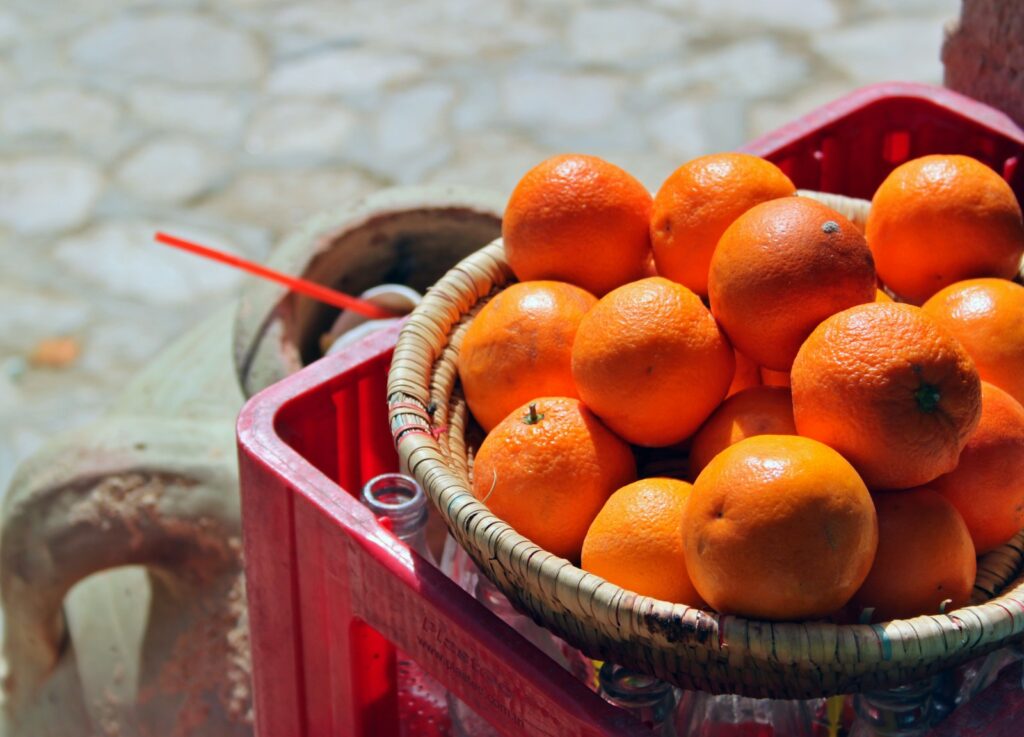
Fresh fruits and vegetables add vital nutrition and flavor to camping meals but require special consideration to prevent spoilage. Select produce varieties with natural durability for your trip—hardy options like carrots, cabbage, apples, and citrus fruits generally outlast delicate berries or leafy greens in challenging conditions. Prepare produce before departure by washing thoroughly and allowing to completely dry, as residual moisture accelerates deterioration. Store different produce items separately rather than in one container, as the ethylene gas naturally produced by some ripening fruits (like apples and bananas) can accelerate spoilage in nearby vegetables. For longer trips, plan a progression of consumption, eating the most perishable items first and saving hardier options for later in your journey, which naturally extends your fresh food availability without special storage requirements.
Safe Water Storage and Purification
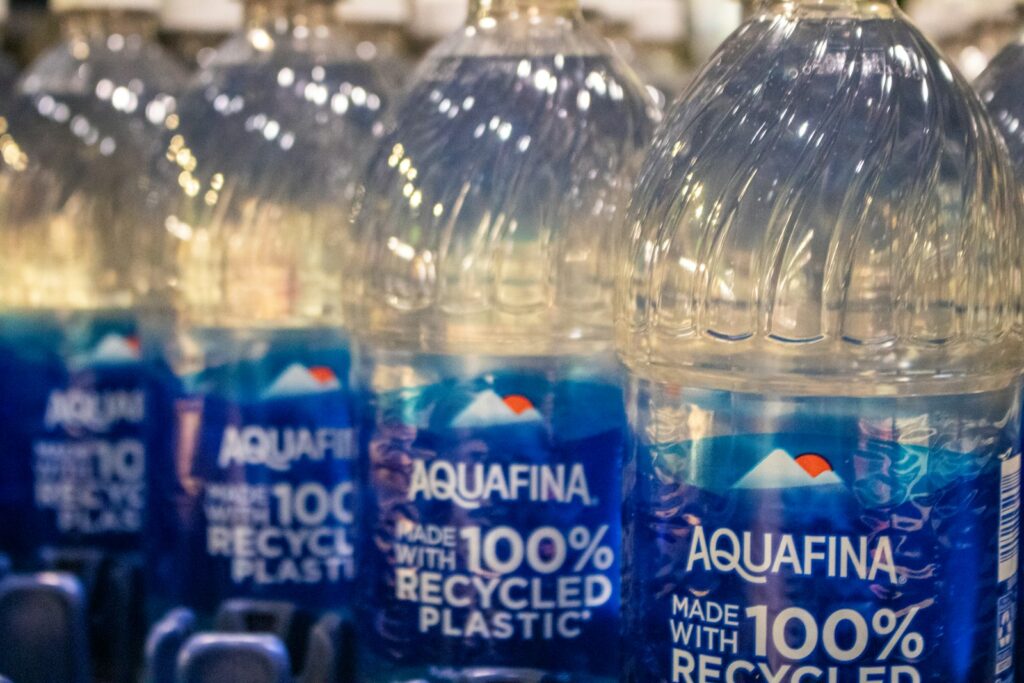
Water safety intersects with food safety in critical ways during camping trips, making proper water management essential to overall provisions security. Store potable water in dedicated, food-grade containers that have never held chemicals or non-food substances to prevent contamination with potentially toxic residues. When collecting water from natural sources, always position your collection point upstream from any camping areas and treat all wild water using appropriate methods—boiling for at least one minute (longer at high elevations), using chemical treatments with appropriate waiting periods, or filtering through quality portable systems rated for bacteria and protozoa removal. Maintain separate water supplies for different purposes: drinking water should never be cross-used with dishwashing or personal hygiene water to prevent contamination. Remember that water is also an essential ingredient in food preparation, so compromised water can render even properly stored food unsafe for consumption.
Organization Systems for Easy Access
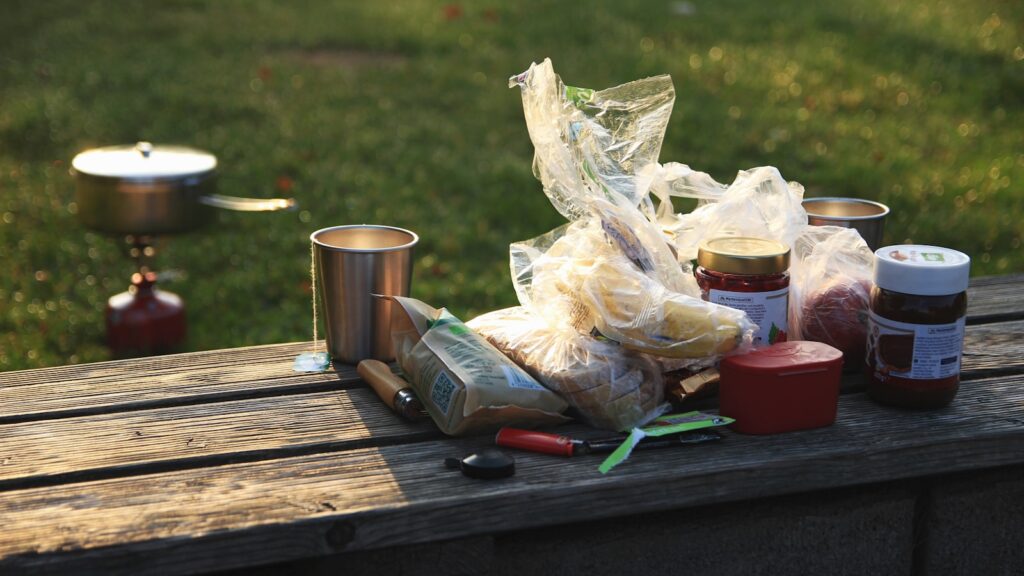
Efficient organization of food supplies significantly reduces exposure risks by minimizing the time storage containers remain open during meal preparation. Implement a meal numbering system where food items are grouped by meal and clearly labeled, allowing you to quickly retrieve exactly what’s needed without prolonged searching through coolers or food bags. Color-coding systems using different colored storage bags or containers helps instantly identify breakfast items versus dinner components, especially useful in low-light conditions around dawn or dusk. Create a visual inventory list taped to the inside of cooler lids or food storage containers, which tracks what items are stored where and can be checked off as used, preventing forgotten perishables from being discovered days later. For group camping, designate specific sections of storage for each day or each meal type, streamlining access and preventing the confusion that often leads to longer food exposure times.
Handling Leftovers Safely
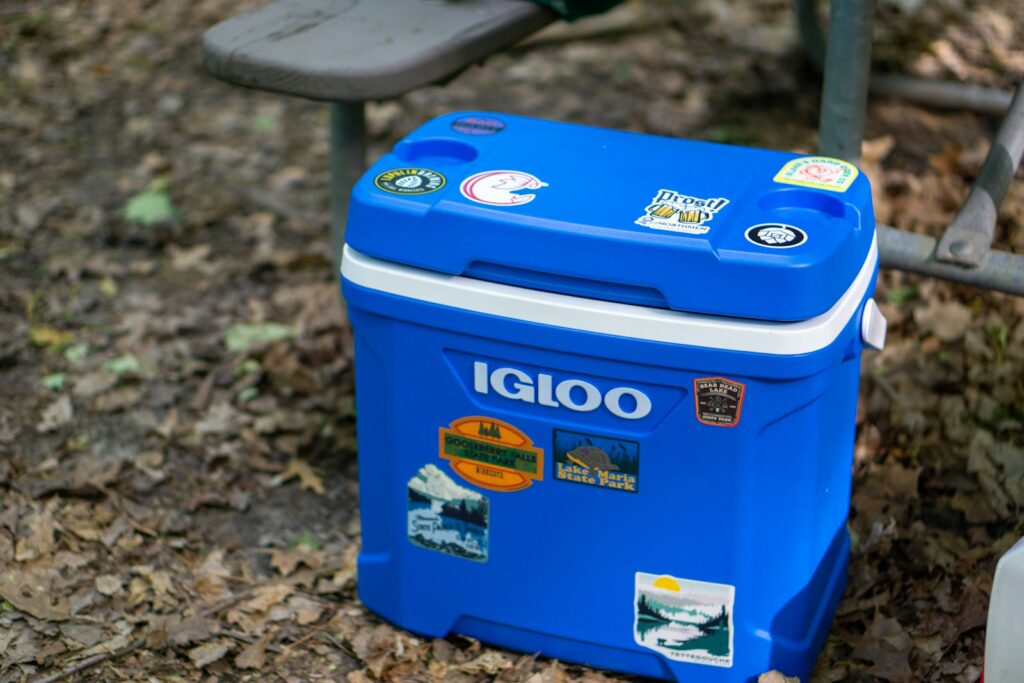
Managing leftovers in a camping environment requires strict adherence to food safety principles to prevent foodborne illness. The fundamental rule is that perishable foods should never remain in the “danger zone” between 40°F and 140°F (4°C-60°C) for more than two hours, or one hour in temperatures above 90°F (32°C). Cool leftover foods as rapidly as possible, dividing large portions into smaller, shallow containers to accelerate cooling before placing in properly chilled storage. When reheating leftovers, ensure they reach an internal temperature of at least 165°F (74°C) throughout before consumption, using a portable food thermometer for verification rather than guessing. If you’re uncertain about the safety of leftover items or lack proper storage capabilities, follow the campsite wisdom of “when in doubt, throw it out”—the inconvenience of discarding food is far preferable to the misery of foodborne illness in remote locations.
Adapting Storage Methods for Different Camping Styles
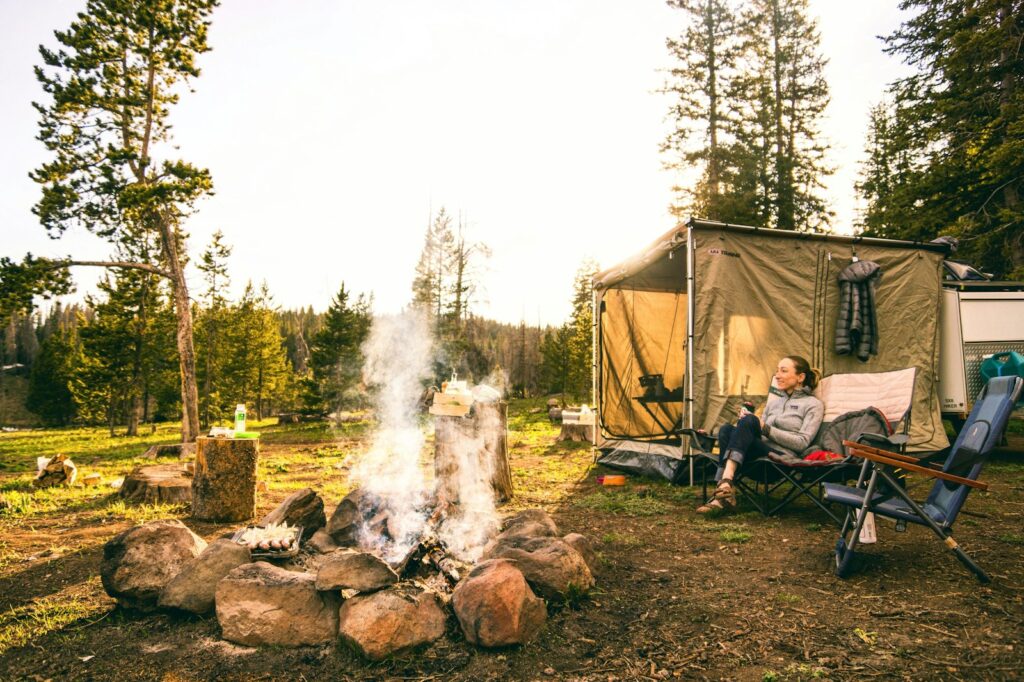
Your approach to food storage should align with your specific camping style, as each presents unique challenges and opportunities. Car camping allows for more substantial equipment like large coolers, camp kitchens with storage compartments, and even portable refrigeration units that run off vehicle power, enabling longer-term storage of perishables with proper temperature control. Backpacking demands ultralight, compact solutions—bear canisters for required areas, odor-proof bags for shorter trips, and a focus on dehydrated meals and shelf-stable options that minimize weight while maintaining nutritional value. Canoe or kayak camping offers the advantage of not having to physically carry provisions but requires waterproof storage solutions that protect food from both immersion and spray. Winter camping presents the opposite challenge of keeping foods from freezing solid, often employing insulated containers kept close to the body or inside sleeping bags overnight to prevent freezing of essential items like cooking oils and water.
Emergency Preparedness for Food Storage Failures
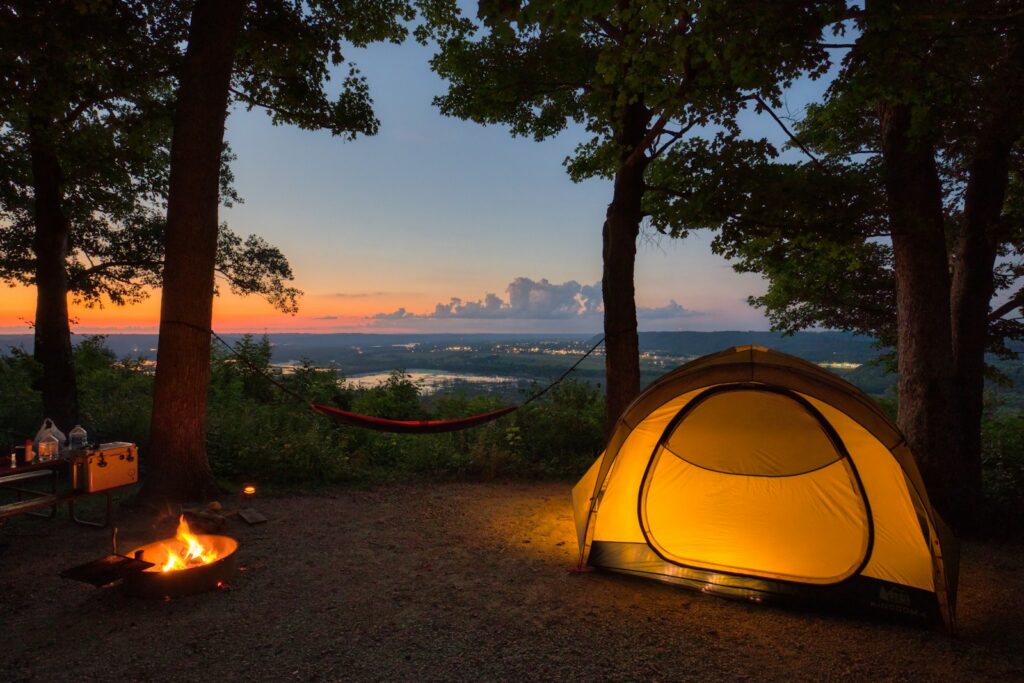
Even with careful planning, food storage systems can fail due to unexpected circumstances such as wildlife encounters, equipment damage, or extreme weather events. Build redundancy into your food storage approach by distributing essential provisions across multiple containers rather than consolidating everything in one vulnerable system. Pack an emergency food supply of high-calorie, ready-to-eat items in a separate location from your main food storage, preferably among personal gear where it remains accessible even if primary food stores are compromised. Learn to identify safe, edible wild foods native to your camping area as a supplementary food source, though this should be approached with proper training and never relied upon as a primary strategy. Carry water purification backup systems like both filtration and chemical treatments, ensuring that at minimum you can maintain hydration if food supplies are compromised, buying valuable time until you can reach resupply points or assistance.
Leave No Trace Principles for Food Management
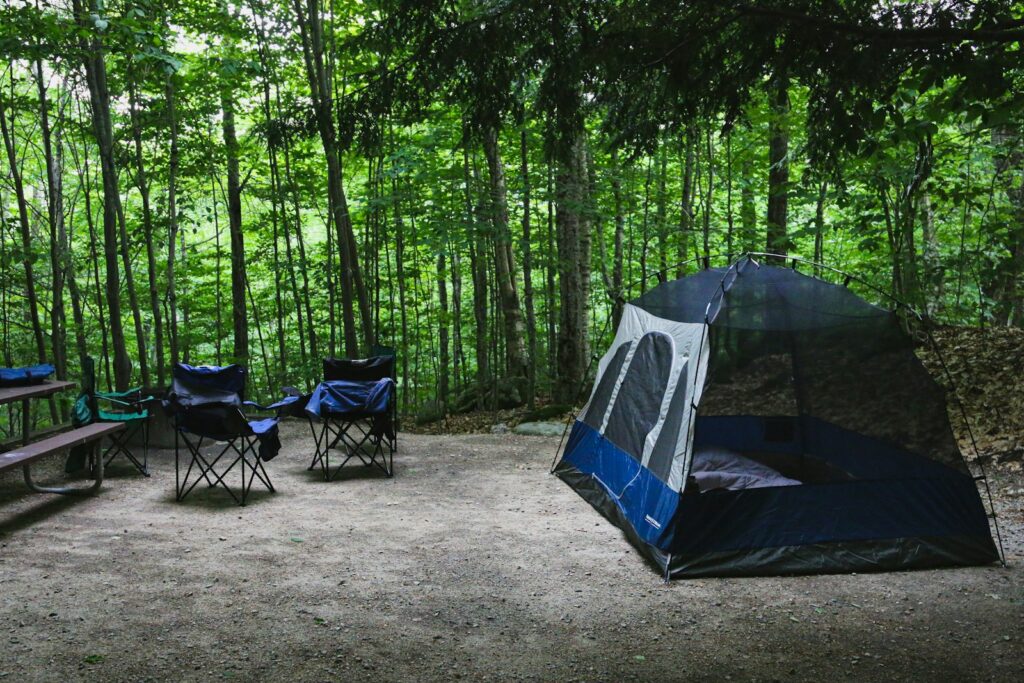
Responsible food storage extends beyond personal safety to environmental stewardship through adherence to Leave No Trace principles. Pack out all food waste, including seemingly harmless items like apple cores or orange peels, which can take months or years to decompose and alter wildlife feeding behaviors in the meantime. Properly dispose of dishwater by straining food particles (packing them out with trash) and dispersing the strained water at least 200 feet from water sources, camps, and trails to prevent environmental contamination. Avoid washing dishes or preparing food directly in water sources, even with biodegradable soap, as these products can harm aquatic ecosystems and alter delicate ecological balances. When departing your campsite, conduct a thorough sweep for overlooked food bits or packaging, remembering that even small amounts can attract wildlife and create problematic human-animal associations that endanger both wildlife and future campers.
Mastering safe food storage techniques transforms your camping experience from one potentially fraught with concerns about spoilage, wildlife encounters, and foodborne illness to an adventure where meals become memorable highlights. By understanding the specific challenges of outdoor food preservation and implementing appropriate solutions—whether through proper cooling techniques, wildlife-resistant systems, or meal planning strategies—you create a foundation for both safety and enjoyment. The most successful outdoor enthusiasts recognize that effective food management is not merely a practical consideration but an essential camping skill that evolves with experience and adapts to different environments. Armed with these best practices, you can focus on enjoying the natural splendor around you, confident that your provisions remain secure, your impact on the environment is minimized, and your outdoor dining experiences will be both safe and satisfying.

